Each client has unique hair. Understanding about different types of hair extensions will determine what type of installment method is best for the client. Check out the Installment methods of Hair Extensions below!!
Call now to speak to the program director, Kalleigh Sharp, at 289-968-2028
Hair Extension Installment Methods
Several installment methods have been created over time including pinch braid, tape-in, clip-in, bonding, fusion, micro ring, netting and tracking.
Pinch braid: Pinch braid extensions are individual locks of hair tied into the extension hair with thread and then braided.
Tape-In: Tape-in hair extensions are attached by placing natural hair in between two pieces of hair extensions. They last 1-3 months and the hair can be gently combed and washed while wearing the extensions. The extensions can be easily installed and taken off.
Clip in: Clip In hair extensions are a temporary hair extension used by attaching the hair extension with clips. They can be easily installed and removed. Clip in hair extensions are the least permanent method of hair extensions. They can last 1-3 days. Clip in extensions can be purchased with clips separately, or already attached.
Bonding: Bonding involves applying hair glue to the hair extension and then attaching it onto a person’s natural hair. Soft bond adhesive lasts up to three weeks. The Hard-bonding lasts 4-6 weeks. It is important that this method is taken out by the help of a professional.
Fusion: Fusion hair extensions involve melting pre-bonded keratin hair extensions to natural hair using a heated wand. Fusion hair extensions allows washing and styling hair. Fusion hair extensions need re-positioning every 2–3 months as the natural hair grows, however the bonds can last up to 6 months. Fusion hair extensions are the longest lasting hair extension method. Fusion hair extensions are for clients who want a long-lasting extension and have extra time in them to manage the aftercare.
Micro ring/ micro-bead/ micro loop: Micro ring/ micro-bead/ micro loop hair extensions use a small bead to attach the extension hair to the natural hair. Micro ring hair extensions need re-positioning every two to three months as the natural hair grows and the micro-beads move away from the scalp. Micro ring hair extensions can be reused several times. This method of hair extension causes less damage than other methods.
Netting: Netting involves braiding natural hair under a net that serves as a surface which stylists can weave extensions. Netting provides more flexibility than track placement because the stylist is not limited to sewing extensions to a braid. This technique takes about 2–4 hours to complete.
Tracking/ weave: Tracking/ weave involves braiding natural hair, and then sewing the hair extensions onto the braid. A weave can consist of a few tracks, or the whole head can be braided for a full head weave. However, this method does not allow for regular hair maintenance.

#hairextensions #hair #hairstyles #virginhair #extensions #hairstylist #beauty #wigs #hairextensionspecialist #bundles #humanhair #brazilianhair #hairgoals #longhair #frontal #bundledeals #curlyhair #haircolor #straighthair #hairbundles #weave #balayage #hairsalon #makeup #lacefrontal #blondehair #naturalhair #hairdresser
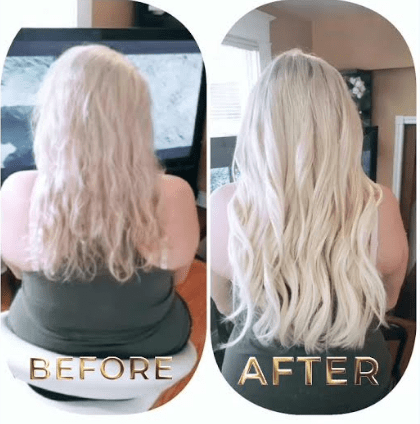
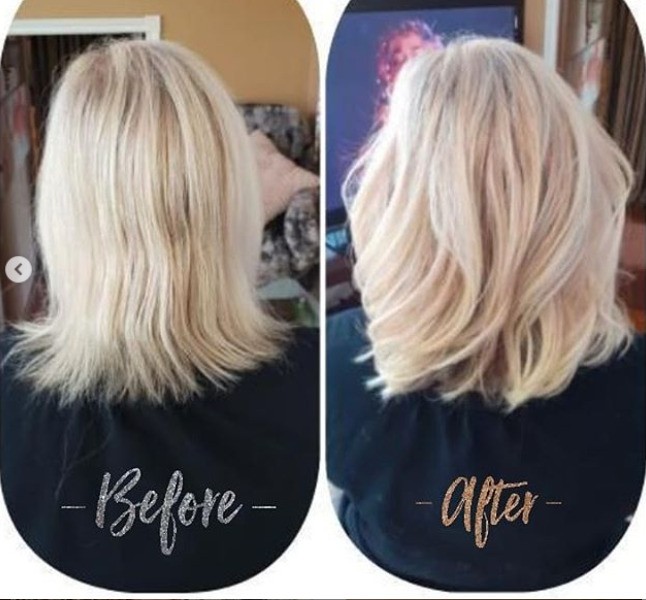
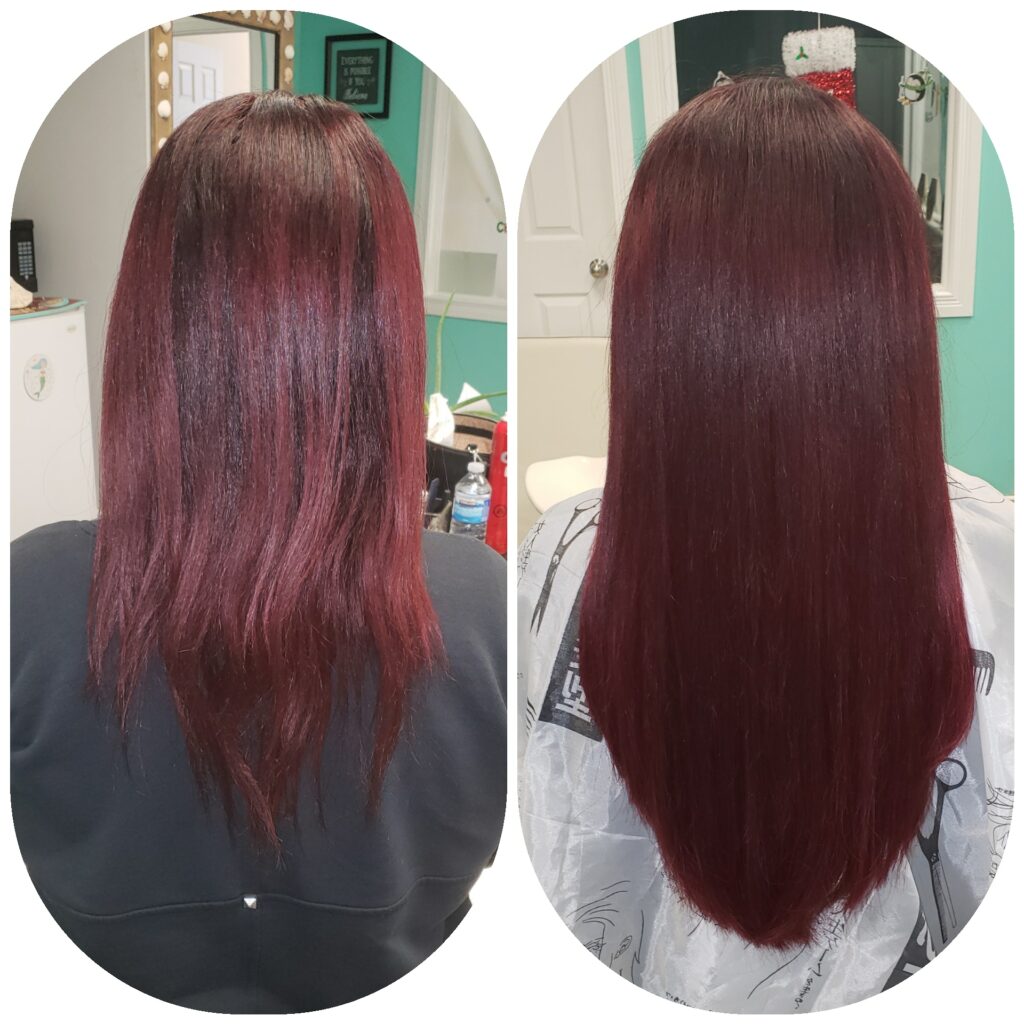
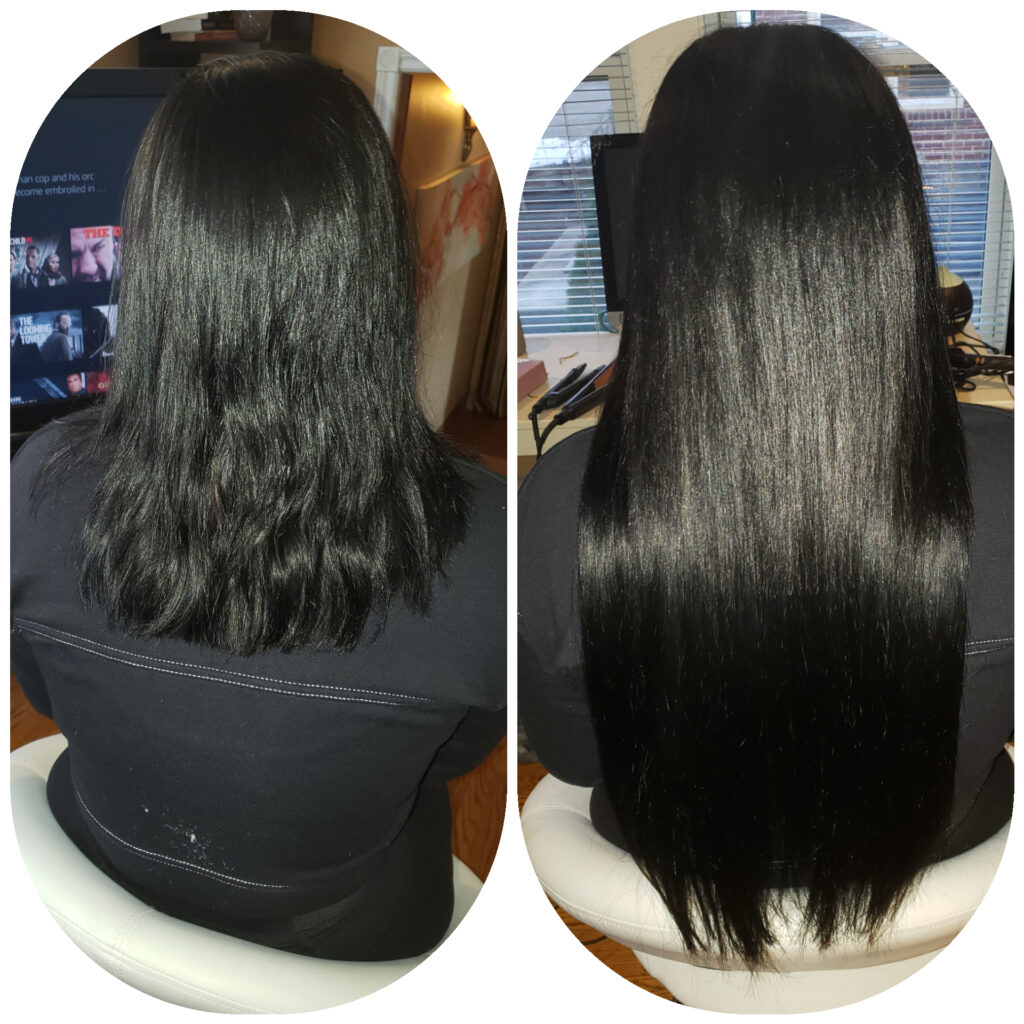
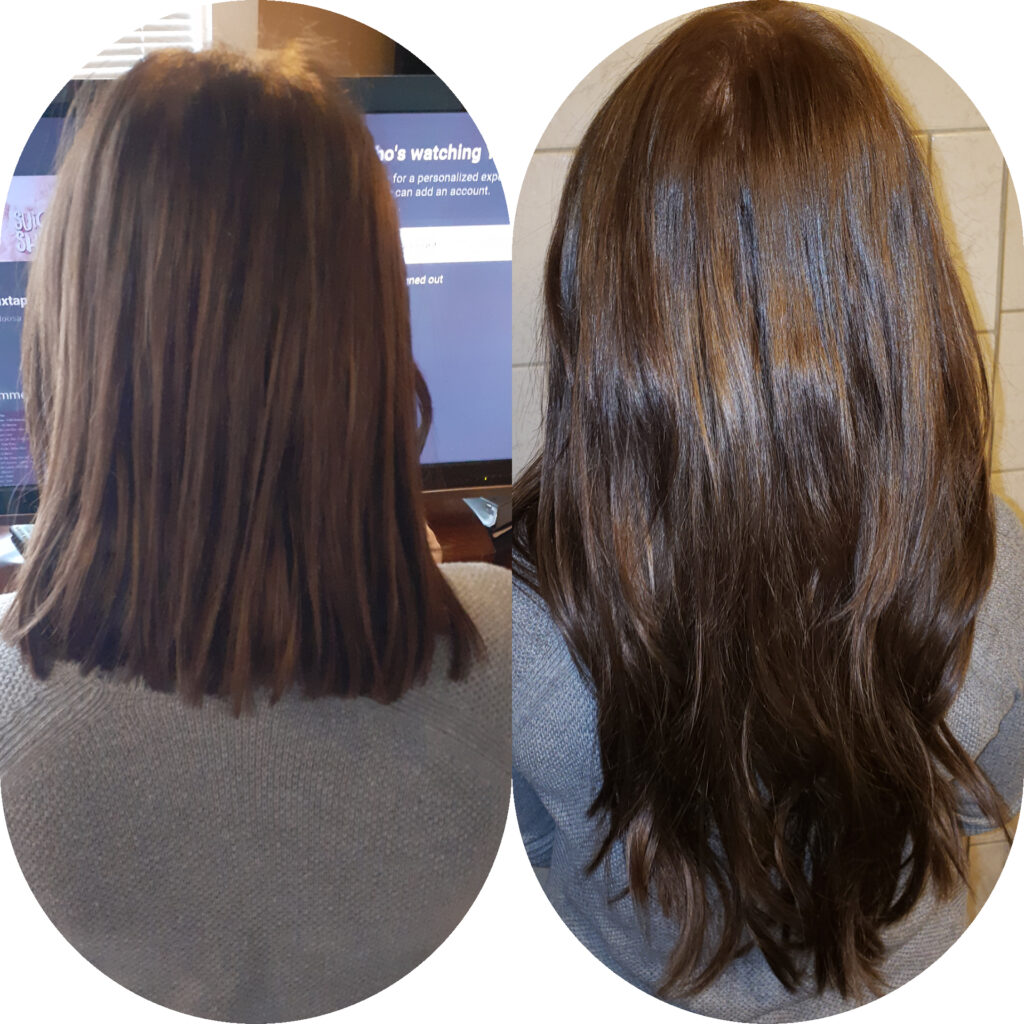






Hi I was wondering what type of hair you use for your fusion extensions and where you get it from? Thank you
Hey Elizabeth we have a bunch of suppliers! Moresso, neitsi, fshine, and more!